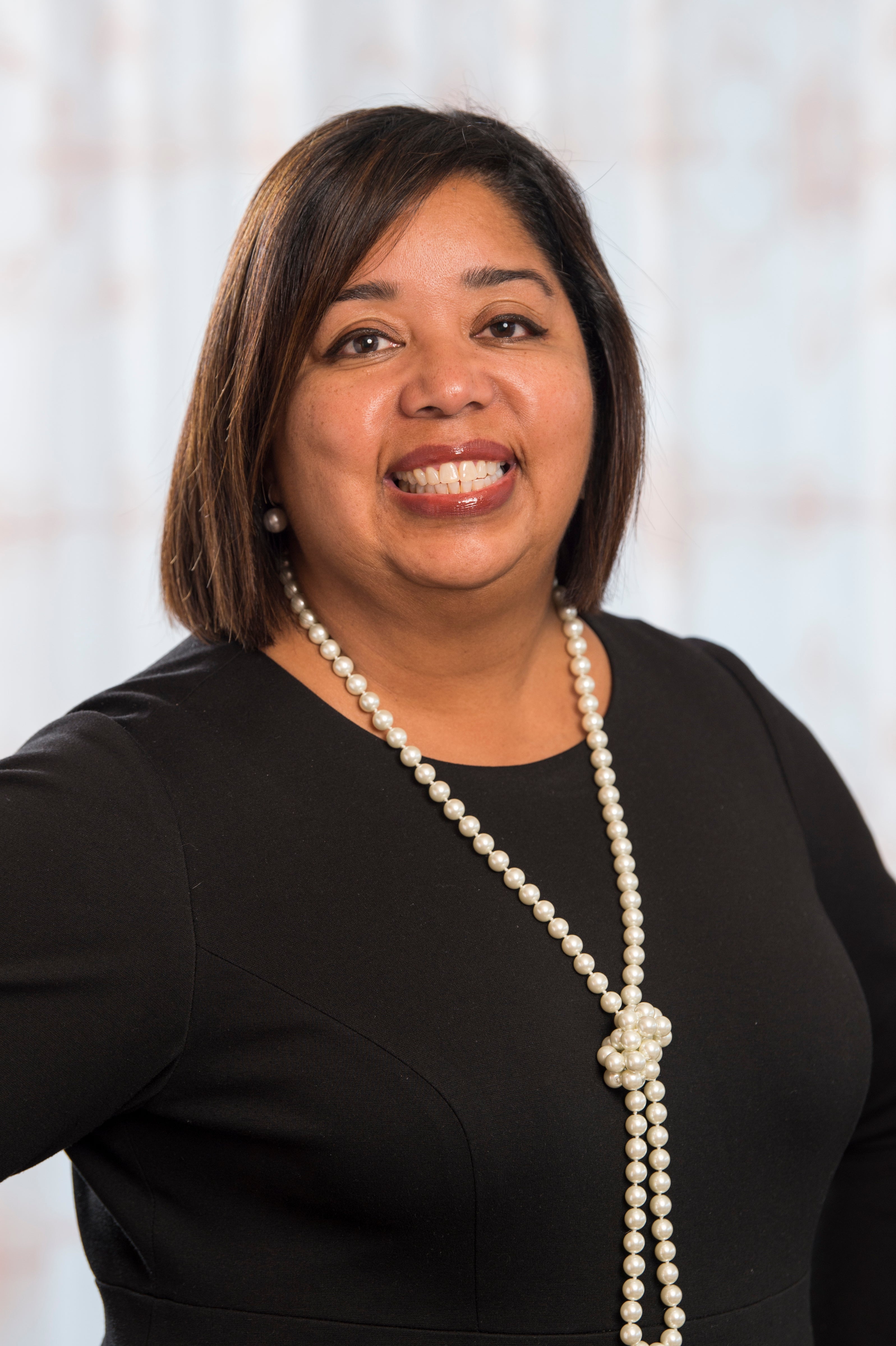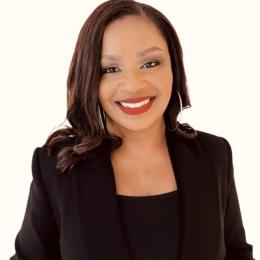In the second of a three-part exclusive interview, ACC President and CEO Veta T. Richardson sits down with ACC Associate Vice President of Editorial Strategy Tiffani Alexander to discuss Richardson’s recently released book, Take Six: Essential Habits to Own Your Destiny, Overcome Challenges, and Unlock Opportunities.
Previously, Richardson and Alexander discussed her six steps to success: taking stock, taking risks, taking credit, taking a hand, taking a stand, and taking command. In this part of the Q&A, Richardson shares how to know when it’s time to make a change and how to make it happen.


Tiffani Alexander: Which step is most critical and why — and does it vary based on where you are on your career path? Personally, I see taking stock and taking a stand as steps that stood out for me at this stage in my career.
Veta T. Richardson: You’re right, and that’s why that first chapter, take stock, comes first. I spent the most time with my ghostwriter explaining take stock, and she spent the most time probing me to make sure that she was guiding the stories.
We went through story, after story to pick the right ones to illustrate this step. Take stock is most important because in anything, for example ACC’s growth, if we don't know where we are and where we want to go, how are we going to fill the gap? In other words, if you don't know where you want to go, you’re always going to be lost. That's okay, if you want to be lost and amble, because sometimes ambling along helps you solidify what you want, but eventually you have to figure out where you want to end up.
Take stock is the most important because in anything, for example ACC's growth, if we don't know where we are and where we want to go, how are we going to fill the gap? In other words, if you don't know where you want to go, you're always going to be lost.
Veta T. Richardson
Take stock is all about where you are versus where you want to go, whatever the goal might be. It’s measuring the size of that gap and then breaking it down to: “What’s the difference between me and others I know who may have gotten there; what was their journey? What was instrumental to them? What do they read to stay current? Where do they network to meet people who are important to their industry? What educational events are must attends?”
You start — to the extent that you can — modeling that behavior and putting yourself in those places. Take stock is really, really important. That’s why, on the website, I started a checklist that is based on the questions that I run down with people. It's not complete and hardly will work for everyone, but it's a start. It’s my hope that as people develop their own checklists, that they'll share them, and we can enhance this master checklist to be helpful to more people.
Filling the gap
Alexander: So many positives have come out of the last year and a half, despite the challenges of the global pandemic. A new book. A potential lifelong friend, and so many more opportunities to come. That said, after reading the book — now what? What’s the next step for readers?
Richardson: Yeah, so, you know where you are; you know where you want to go. You see the gap, and then the rest of the chapters are about helping you fill that gap. Sometimes you may need to take a hand, get advice from others, or talk to other people in your field to try to understand their experiences and what skills are instrumental.
Measure the gap, and just be honest with yourself about what you do well and not so well. Because we all have things we don't do well. What we aren't always, is honest with ourselves. It hurts sometimes to say there's a gap between whatever skill it is that you may wish to acquire and where you are right now.
Knowing when to change course
Alexander: Understood. That said, a common thread or theme in Take Six, is the notion that you can always change your life — it starts with you. How to go about that reflection and/or transition is outlined in the book. I wonder, in your experience, what is the first sign that a change in direction is needed?
Richardson: How do you know it’s time for me to make that change? It’s your own personal dreams. For me, Sunoco was a dream. Getting to do corporate law, doing transactions and being able to point to my deals in the Wall Street Journal and see my father read about it? That was a dream.
Ten years in though, it was kind of like be careful what you wish for. At that time, I was in a young department, with many people who’d been there a whole lot longer than me. The path was crowded, and I wanted to expand. I thought to be a better deal lawyer, I needed to expand beyond energy, and at that point I thought being at a law firm was the be all, end all.
I wanted to leave a micro situation and go to a macro one and be able to take companies public and work on technology deals. That's what set me off. I figured I could keep running this game or I could expand. So, originally my dissatisfaction was born out of feeling like there wasn't another place available where I wanted to grow.
I wanted to leave a micro situation and go to a macro one and be able to take companies public and work on technology deals. That's what set me off.
Veta T. Richardson
I also started pursuing my art history interest and I began thinking I could use my business skills to run a museum. How do you go from an energy company at a big for-profit corporation doing commercial transactions to running a museum? I said this is where I am, and this is what other people who run a museum do — I'm going to get a certificate in nonprofit management from the University of Penn. I'm going to go where people who run museums go, the American Association of Museums. I started going to programs and switching my CLE credits.
I began reading magazines and studying the profiles. I convinced myself that I could run a museum, and I enrolled in a museum management program at New York University (NYU). I started teaching at Howard on the business of art for Fine Arts Majors (I brokered a deal where I could take my art classes for free and teach in the college of Fine Arts). I found that I had positioned myself as this business lawyer in the art space; and was hanging out at museums and cocktail parties.
At one such party, I learned they were building the Museum of African American History in Detroit and looking for a deputy director. I thought, I'm perfect for that.
I've been teaching at Howard. I have advanced classes at the University of Penn through the Wharton School, and I've taken a course on museum management from NYU. I spent the summer studying museums in Europe, and I know how businesses run because I've been putting them together and taking them apart at Sunoco. Intellectual property? I got that too.
I sold it, and I ended up getting that job offer at the same time I got the job offer at ACC. They both came in at the same time, and I had to decide which way to take my world: I could go to the museum management route, or I could stay in the nonprofit law space — in a really entrepreneurial type of job. I ended up taking the risk but being a little bit safer than uprooting my world and moving to Detroit.
I had to decide which way to take my world: I could go to the museum management route, or I could stay in the nonprofit law space — in a really entrepreneurial type of job.
veta T. Richardson
I love the entrepreneurial aspect of ACC. We didn't have a website when I came here, or a legal resources function — I wrote the business plan for that. We didn't know what to do with the committees, and I knew we needed to make connections to the content. Fred (the previous ACC president) wanted someone who had been in a large law department, who would think about how to build better programs and services for members, how to rework the Annual Meeting, and more. I loved it, and I saw the immediate impact we were having on people.
Look for the final article in the series next week.




